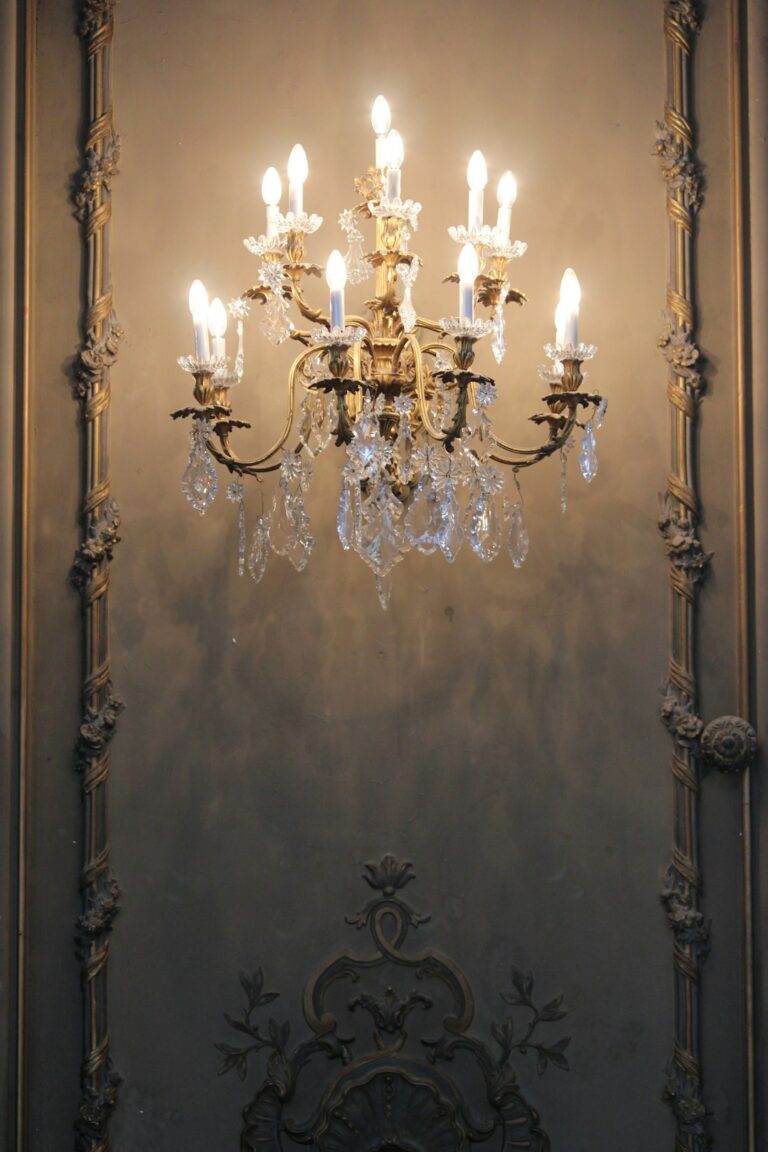In the world of modelling, composition cards are crucial tools for aspiring and professional models alike. These cards, often referred to as “comp cards” or “z cards,” serve as a model’s business card, offering a succinct representation of their portfolio. They include essential information such as the model’s measurements, contact details, and a selection of their best photographs. As such, they are an indispensable part of a model’s toolkit, allowing agencies and clients to quickly assess a model’s suitability for specific assignments.
The primary function of a composition card is to provide a tangible snapshot of a model’s capabilities and attributes. Typically, a composition card includes a headshot and a few full-body images that showcase the model’s versatility. The choice of images is strategic, aiming to highlight the model’s range and potential for various types of work, from high fashion to commercial gigs. The layout is designed to be eye-catching yet professional, ensuring that the model makes a lasting impression.
For those new to the modelling industry, understanding how to create an effective composition card can be a game-changer. It’s not just about selecting the right images; the card must also present vital statistics such as height, bust, waist, and hip measurements. Models often work with professional photographers to ensure the images are of high quality and meet industry standards. It’s also crucial that the card remains up to date, reflecting the model’s current look and any changes in physical attributes.
Many aspiring models turn to resources like the composition cards course offered by modelling academies to learn how to craft these essential tools effectively. Such courses provide valuable insights into the nuances of compiling a comp card, ensuring that models can present themselves in the best possible light. Through guidance on everything from image selection to layout design, these courses help models to create comp cards that stand out in a competitive industry.
Moreover, composition cards are not just relevant for models; they also play a significant role for modelling agencies. Agencies often request these cards during casting calls or open auditions as a means of streamlining the selection process. With a comp card, an agency can quickly assess whether a model fits the criteria for their clients’ needs. This makes comp cards an essential part of the communication between models, agencies, and clients, facilitating efficient and clear exchanges of information.
The importance of a well-crafted composition card cannot be overstated. It acts as a model’s introduction to potential employers and can often be the deciding factor in securing auditions or roles. For those interested in learning more about the process of creating composition cards and other aspects of the modelling industry, the Australian Academy of Modelling provides comprehensive resources and courses. Their website, Australian Academy of Modelling, is an excellent starting point for models seeking to enhance their skills and increase their chances of success in the industry.
In conclusion, composition cards are a vital aspect of a model’s promotional arsenal. They encapsulate a model’s professional persona in a concise and visually appealing format, making them indispensable in the highly competitive world of modelling. By investing time and effort into creating a standout composition card, models can significantly improve their prospects and pave the way for a successful career.




